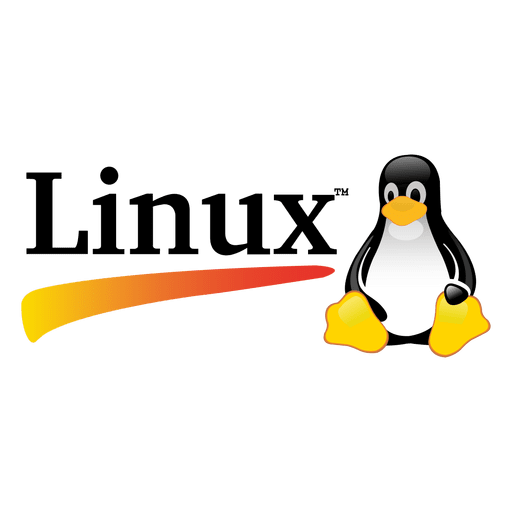
Linux is a tried-and-true, open-source operating system released in 1991 for computers, but its use has expanded to underpin systems for cars, phones, web servers and, more recently, networking gear.\Its longevity, maturity and security make it one of the most trusted OSes available today, meaning it is ideal for commercial network devices as well as enterprises that want to use it and its peripherals to customize their own network and data center infrastructure.
That in turn makes Linux skills highly sought after by IT hiring managers. For example, many of the new technologies associated with DevOps, such as containers, infrastructure, and SDN controllers, are built on Linux.
What is Linux?
The Kernel
This is the core of the system and sends instructions to the CPU, peripherals and memory.
The Bootloader
The processes that manage the booting up of the system. On a computer the user would recognize this by the splash screen that was up. On a network device there’s a status indicating boot process.
Daemons
Background services that start at boot time or after the system is fully up. For example, the network daemon activates all network interfaces at boot time. Other daemons are things like time and DNS.
Linux commands
Linux distributions
Linux is open source, there is no one vendor selling it; theoretically, you could download the kernel, a desktop environment and various other utilities and applications, and install them all yourself. In practice, these OS components are packaged together into what’s called a distribution — basically, a Linux OS tweaked in a particular way that’s ready to use out of the box.
Again, in theory anyone could put a Linux distribution together, but most are offered by companies and nonprofit organizations. Commercial distributors may charge for their distribution, or offer optional paid support services. Some of the better known Linux distributions are:
- Ubuntu
- SuSE
- Debian
- Red Hat
- Fedora
- Oracle Linux
- CentOS
- Arch Linux
- Mandriva
The list is always changing; DistroWatch keeps track of the major players and assesses the pros and cons of each.
Why is Linux so successful in the enterprise?
In his look back on Linux for its 25th anniversary, InfoWorld’s Paul Venezia reflected on why this upstart operating system designed by hippies and idealists rather than businesspeople ended up so successful in the corporate world. His take is that Linux’s appeal was twofold.
First, Linux is adaptable, with different distributions porting it to just about any computing platform you could name.
And second, Linux is cheap. It wasn’t the free kind of Linux that businesses were interested in — they frankly didn’t trust free — but low-cost commercial Linux with support available was hard to pass up. And perhaps even more importantly, Linux could run on commodity hardware — the cheap x86 PC boxes most companies already had in abundance — in an age when other Unix vendors like Sun were used their OS to bundle in their high-end hardware.
These factors will keep Linux in the enterprise for years to come. So whether you’re a sysadmin or a network admin, you’re going to want to familiarize yourself with it.



